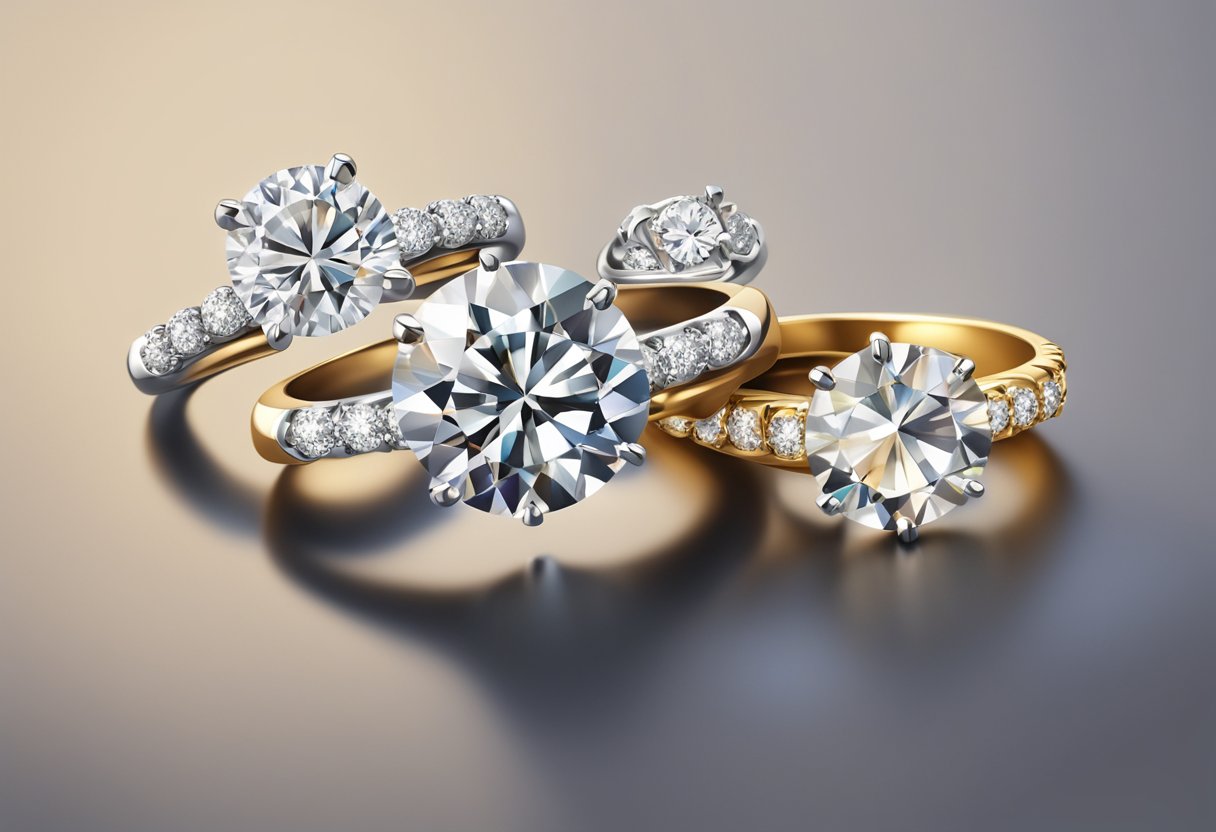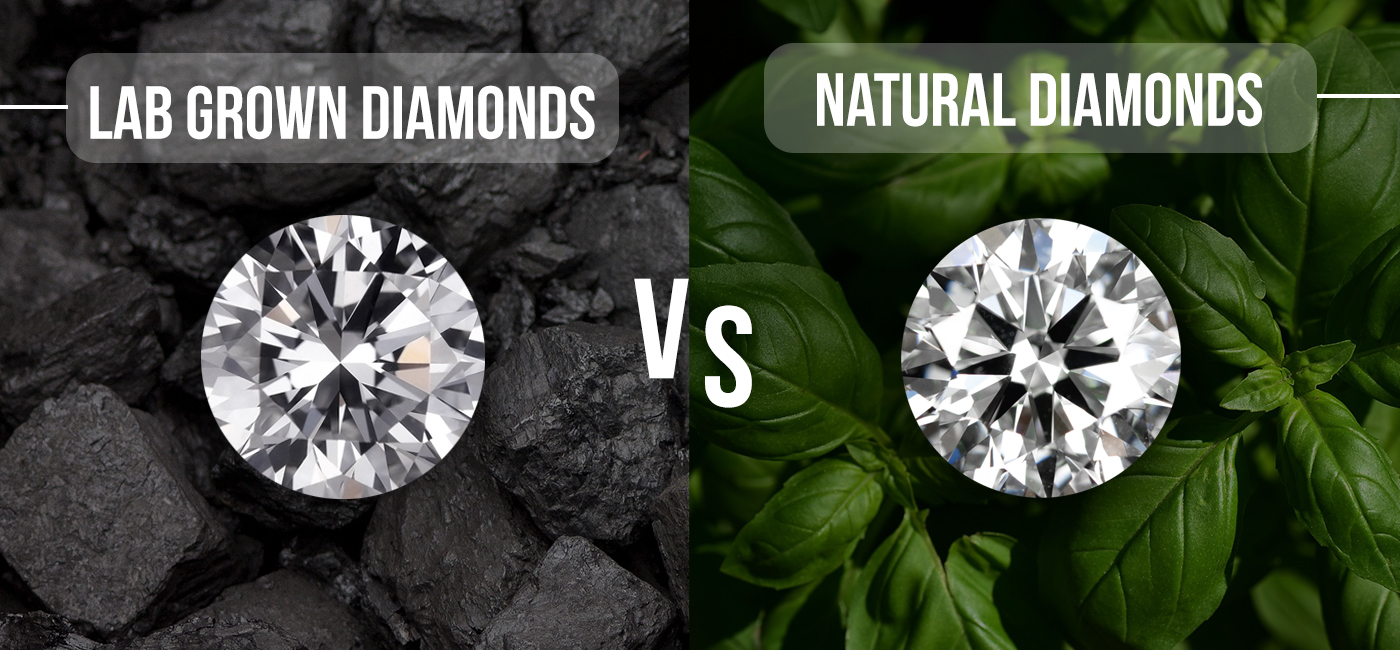IGI vs GIA Lab Grown Diamonds: Understanding the Key Differences
When it comes to purchasing lab diamonds, one of the first things many buyers look at is the certification of the diamond. Two of the most well-known grading organizations in the world are the IGI (International Gemological Institute) and the GIA (Gemological Institute of America). Both institutions play a significant role in determining the quality of lab diamonds, but there are key differences between them. This article will explore these differences, helping you make an informed decision when purchasing lab diamonds.
What Are Lab Grown Diamonds?
Before diving into the comparison of IGI vs GIA lab grown diamonds, it is essential to understand what lab grown diamonds are. Lab diamonds, also known as synthetic diamonds or man-made diamonds, are real diamonds that are created in a laboratory setting. They are chemically, physically, and optically identical to natural diamonds but are made using advanced technological processes like High Pressure High Temperature (HPHT) or Chemical Vapor Deposition (CVD). These diamonds offer a more ethical and sustainable alternative to mined diamonds.
IGI vs GIA Lab Grown Diamonds: Overview of the Two Organizations
Both IGI and GIA are highly respected institutions in the diamond industry, but they differ in their grading systems and the way they evaluate lab diamonds. Let’s take a closer look at each organization.
IGI (International Gemological Institute)
The IGI is one of the largest gemological laboratories in the world, with locations across multiple countries. IGI has been grading diamonds since 1975, and its services extend to various types of gemstones. When it comes to lab diamonds, IGI has built a reputation for grading diamonds with precision and transparency.
IGI’s grading system for lab diamonds is similar to the grading of natural diamonds. The key parameters of grading include cut, color, clarity, and carat weight. However, IGI has faced some criticism in the past for being more lenient compared to other grading organizations, particularly GIA. This leniency could mean that a diamond graded by IGI might appear slightly better than one graded by another organization.
GIA (Gemological Institute of America)
The GIA is widely regarded as the most trusted and authoritative source for diamond grading. Founded in 1931, GIA is known for its strict and highly detailed grading system. It is often considered the gold standard for lab diamonds and natural diamonds alike.
GIA’s grading system for lab diamonds is similar to IGI’s, with emphasis on the 4 Cs: cut, color, clarity, and carat weight. However, GIA is known for its stringent evaluation process, ensuring that every diamond undergoes a thorough inspection. Because of this rigorous approach, lab diamonds graded by GIA are often considered more reliable and consistent.
IGI vs GIA Lab Grown: Grading Differences
1. Cut Quality
The cut of a diamond is one of the most important factors in determining its overall appearance and sparkle. Both IGI and GIA evaluate lab diamonds based on cut quality, but GIA is often seen as having a more detailed and accurate grading scale. GIA’s cut grading system is highly precise, with a focus on the diamond’s proportions, symmetry, and polish.
IGI also evaluates the cut quality, but its grading scale is often considered to be slightly less rigorous than GIA’s. This means that a lab diamond graded by IGI may receive a higher cut grade than one graded by GIA, even if the two diamonds are identical.
2. Color Grading
When it comes to lab diamonds, both IGI and GIA grade the color of diamonds on a scale from D (colorless) to Z (light yellow or brown). However, GIA’s color grading system is regarded as the industry standard. GIA employs a highly controlled environment to assess color, ensuring that the grading is consistent and accurate.
IGI also uses the D-Z scale for color grading, but some jewelers believe that IGI might be slightly more lenient in its color grading. This could result in lab diamonds graded by IGI being perceived as having a higher color grade than those graded by GIA.
3. Clarity Grading
Clarity refers to the presence of internal or external flaws, known as inclusions and blemishes, in a diamond. GIA is known for its detailed and conservative clarity grading system, which is considered the most reliable in the industry.
IGI’s clarity grading system is similar to GIA’s but is sometimes viewed as being more generous. As with color grading, a lab diamond graded by IGI might be rated slightly higher in terms of clarity compared to one graded by GIA, even if the two diamonds are nearly identical.
4. Certification Process
Both IGI and GIA provide detailed certificates for lab diamonds that include all the key characteristics of the diamond, such as cut, color, clarity, carat weight, and more. However, GIA’s certificates are often seen as more comprehensive and transparent, providing additional information such as the diamond’s proportions and symmetry.
IGI certificates for lab diamonds are also detailed, but they are sometimes considered less exhaustive than GIA’s. However, IGI’s certificates are often more affordable, making them an attractive option for buyers who are looking for a more budget-friendly grading report.
IGI vs GIA Lab Grown Diamonds: Which Is Better?
When deciding between IGI and GIA for lab diamonds, the right choice depends on your priorities. If you are looking for the most stringent and reliable grading, GIA is generally regarded as the better option. GIA’s reputation for accuracy and consistency makes it a top choice for many buyers.
On the other hand, if you are looking for a more affordable certification or a slightly more lenient grading system, IGI may be the better choice. While IGI’s grades might appear higher, it’s essential to keep in mind that this doesn’t necessarily mean the diamond is of lower quality.
Ultimately, both IGI vs GIA lab grown diamonds offer high-quality grading systems, and the decision comes down to your preferences and budget. Whether you choose IGI or GIA, you can rest assured that both organizations provide reliable certificates for your lab diamonds.
Conclusion
In conclusion, the debate between IGI vs GIA lab grown diamonds boils down to your personal needs as a buyer. If you want the most thorough and stringent grading, GIA is the gold standard. However, IGI also provides excellent certification, often at a more affordable price point. Both organizations offer reliable certificates that can help you make an informed decision when purchasing lab diamonds.
When purchasing a lab diamond, always consider the grading certificate as one of the primary factors. Whether you opt for IGI or GIA, remember that the most important thing is ensuring that you are getting a high-quality diamond that suits your needs and budget.








